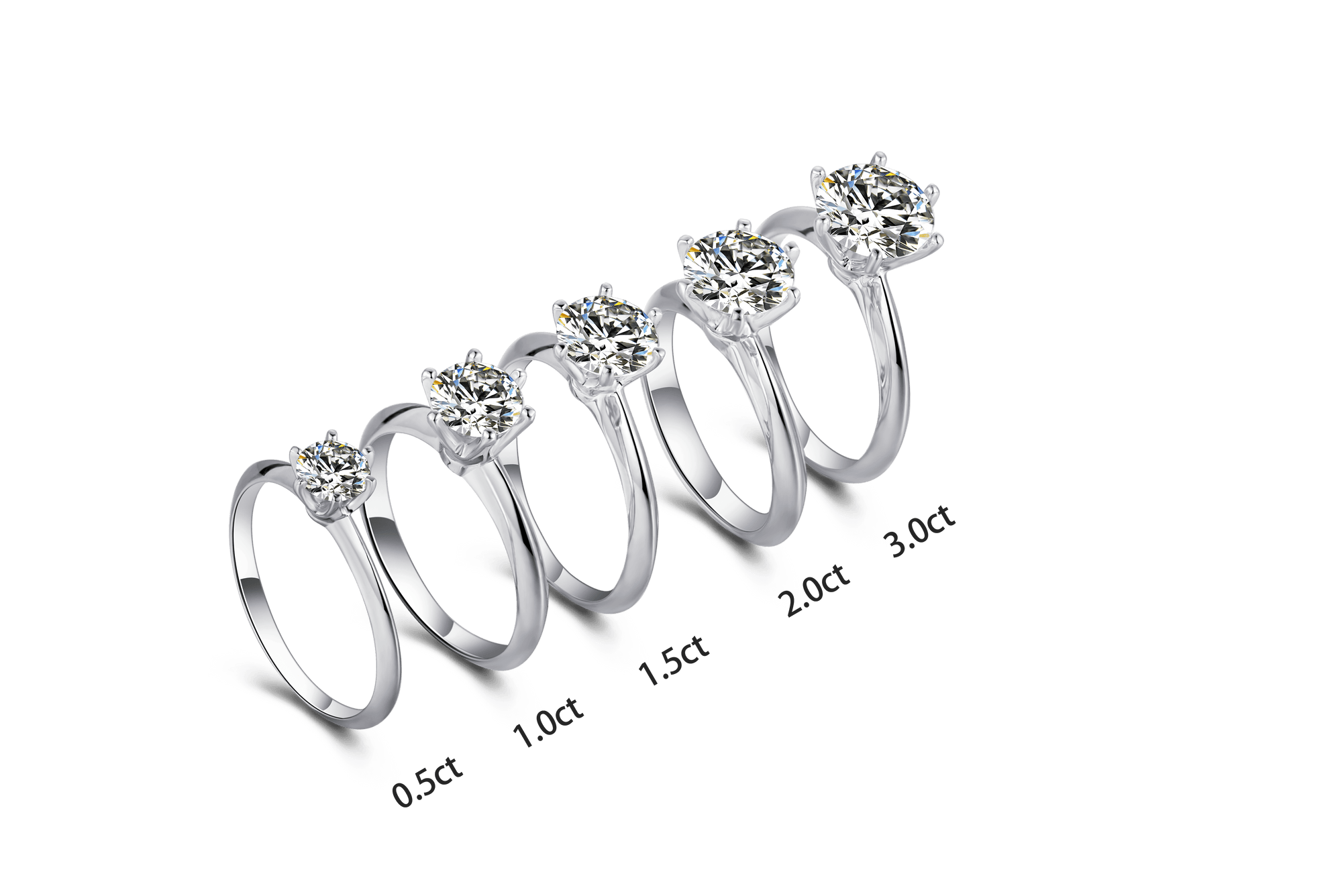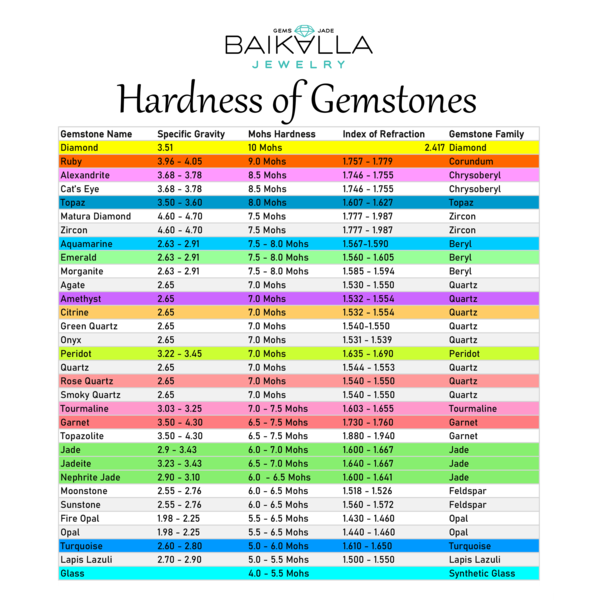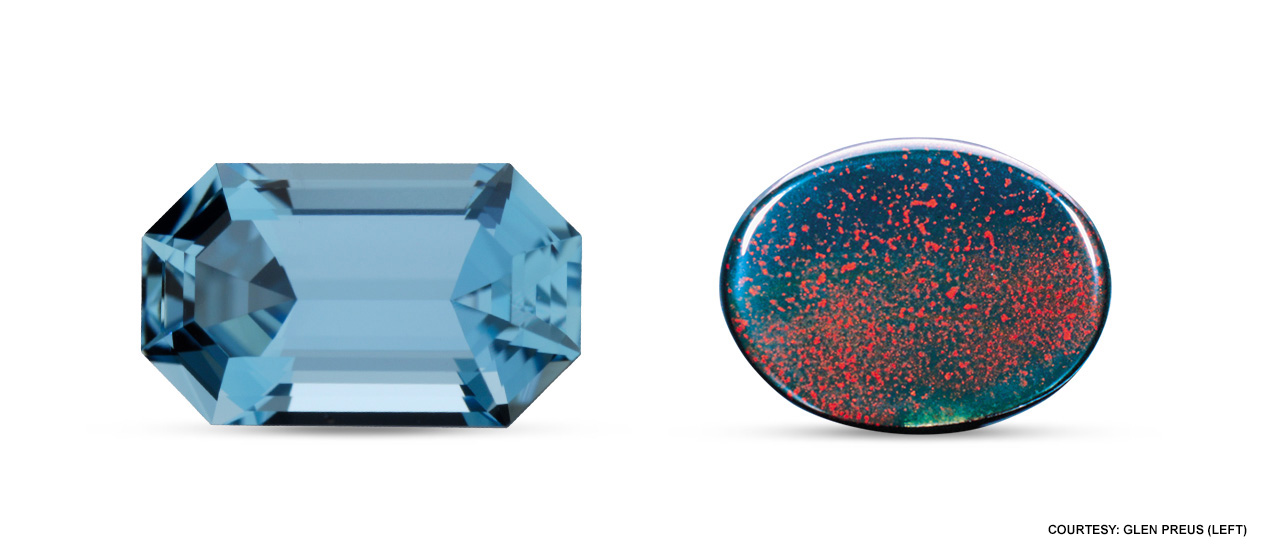
Aquamarine and bloodstone, March’s two birthstones, are very different when it comes to appearance, but they share a similar reputation for protecting one’s well-being. The aquamarine birthstone evokes the colors of the sea. From deep green-blue to light, slightly greenish blue hues, faceted aquamarines are often free from inclusions and as clear as water, symbolizing purity of spirit and soul. The bloodstone birthstone is typically a dark-green cabochon that contains red spots of iron oxide, the “blood” that brings health and strength to the wearer. Read on to learn more about these two March birthstones – what they mean and where they can be found.
AQUAMARINE BIRTHSTONE
AQUAMARINE BIRTHSTONE MEANING & HISTORY
Aquamarine’s name comes from the Latin for seawater, and ancient mariners claimed the gem would calm waves and keep sailors safe at sea. This March birthstone was also thought to bring happiness in marriage. Beryl was believed to give the wearer protection against foes in battle and litigation. It was also thought to make the wearer unconquerable and amiable, and to quicken the intellect.
Aquamarine is not only the birthstone for March, but the gem is also given as a present on the 19th wedding anniversary. As for famous ones, in 1936 the government of Brazil gave First Lady Eleanor Roosevelt a dark blue rectangular step cut aquamarine that weighed 1,298 carats (ct). It was the larger of two stones faceted from a piece of aquamarine rough that itself weighed an impressive 2.9 pounds (1.3 kilograms). It is now housed at the Franklin D. Roosevelt Presidential Library and Museum in Hyde Park, New York. A celebrated attraction at the Smithsonian Institution is the 10,363 ct (about 4.6 pounds) Dom Pedro Aquamarine – believed to be the largest faceted aquamarine in the world. The approximately 14 inch (36 centimeter) high obelisk was fashioned by acclaimed German lapidary Berndt Munsteiner using the fantasy cut technique.
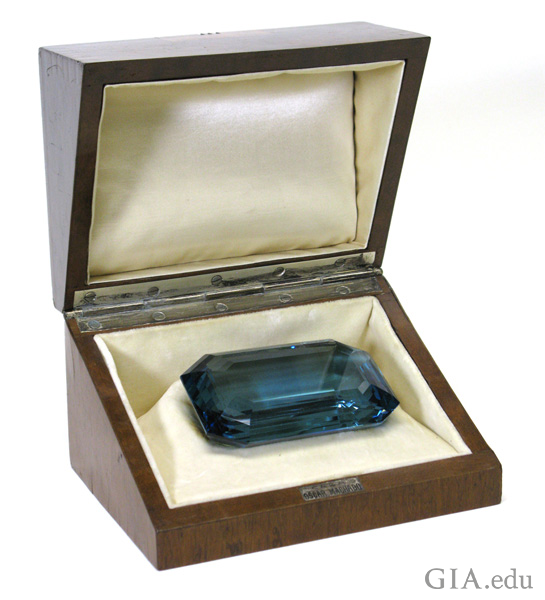
WHERE IS AQUAMARINE FOUND?
The Brazilian state of Minas Gerais has been an important source of aquamarine for the past two centuries. Travel there and you’ll find a changing panorama of landscapes: rocky hills, rivers and scrub brush dominate the central and eastern regions; savannahs, forests and streams checker the west; and lush green hills roll southward. Aquamarines are found in primary (hard rock) and secondary (weathered) pegmatite deposits in the eastern portion of the state, near the gem center of Teófilo Otoni.
Aquamarine is also found high in the Karakorum foothills of Pakistan. To reach the deposits, miners must climb steep paths to elevations of 9,800 to 13,000+ feet (3,000 to more than 4,000 meters) and work the sides of forbidding cliffs. Below this inhospitable rocky world lie fertile valleys, rushing rivers and small towns. Aquamarine from this area has been described as “water clear.”
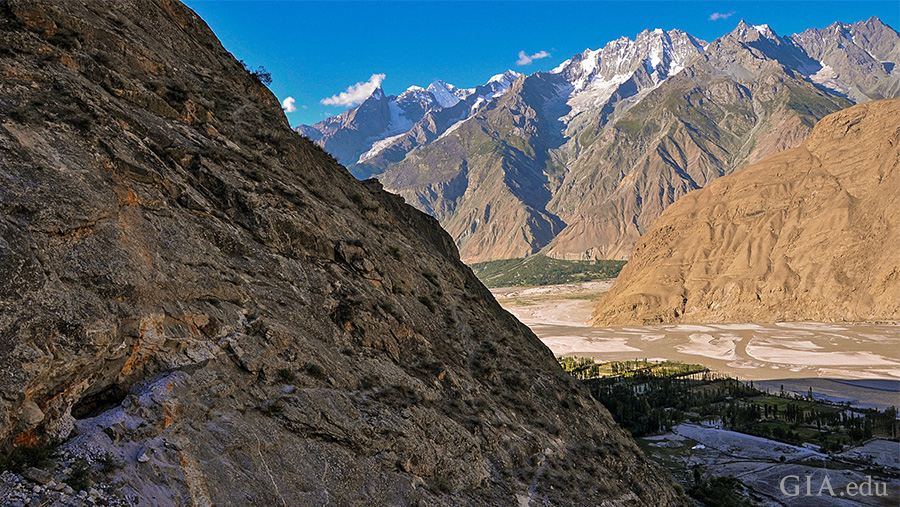
Aquamarine birthstones are also mined in Kenya, Madagascar, Nigeria, Zambia and Mozambique, as well as elsewhere in Africa. U.S. sources include the Mount Antero area of Colorado (it’s the state gem) and California’s Riverside and San Diego counties. In addition, aquamarine has been found in China, Myanmar, Russia and Ukraine, among other countries.
AQUAMARINE BIRTHSTONE CARE & CLEANING
With a hardness of 7.5–8 on the Mohs scale, this March birthstone is durable enough for everyday wear. Caring for the gem is easy. Use warm water, mild dish soap and a toothbrush to scrub behind the birthstone where dirt can collect. Ultrasonic cleaners and steam cleaning are usually safe options as long as there are no fractures or liquid inclusions in the gem.
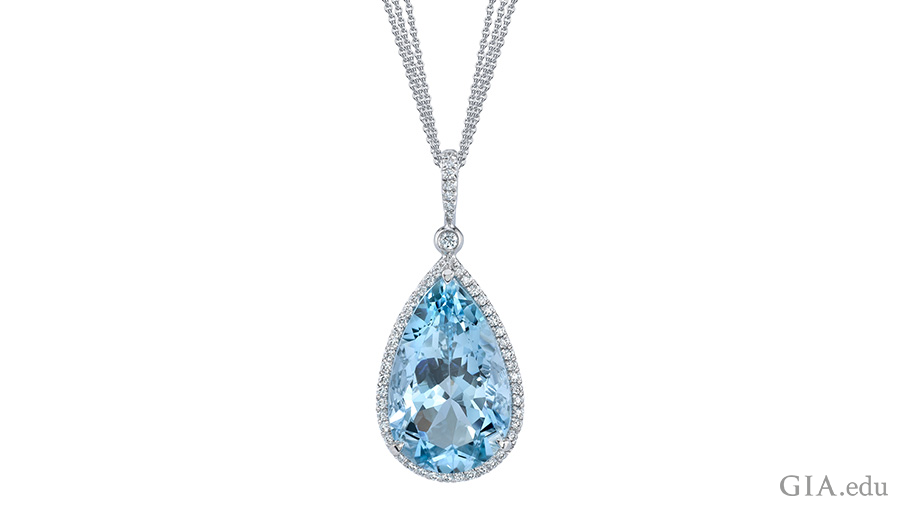
## Follow us on Instagram, Facebook, youtube for more information.
Facebook: https://www.facebook.com/baikallajewelry
Facebook group: The Jade Group: https://www.facebook.com/groups/theja...
Instagram: https://www.instagram.com/baikallajew...
Twitter: https://twitter.com/BaikallaJ
Pinterest: https://www.pinterest.com/baikallaj/


